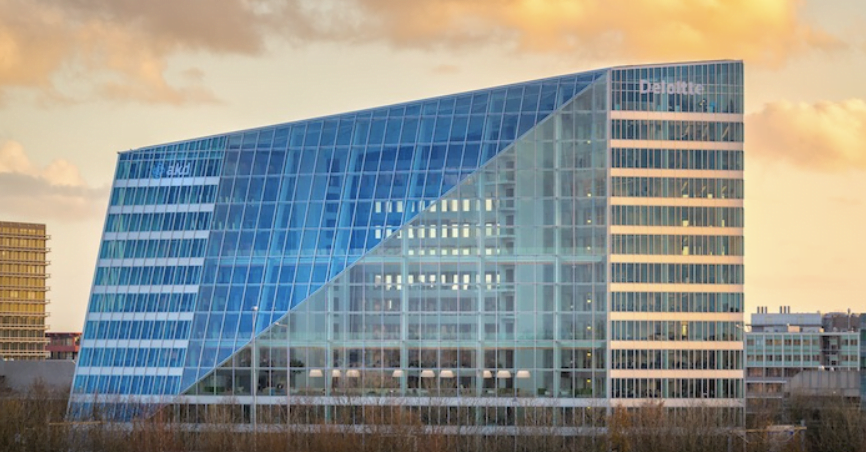Introduction:
Net-Zero Energy Buildings (NZEBs) have emerged as a revolutionary trend in architecture, reflecting a global shift towards sustainable and environmentally conscious construction practices. This blog explores the origins, importance, critical aspects, notable examples, and the potential for implementing net-zero strategies in small and micro-level projects to foster a widespread energy-saving culture.
Origins and Evolution of NZEB:
Net-Zero Energy Buildings first gained prominence in response to the escalating concerns over climate change and the depletion of natural resources. NZEB are structures that, over the course of a year, produce as much energy as they consume. The concept originated from the broader goal of achieving a balance between the energy a building consumes and the renewable energy it produces. The 1970s energy crisis acted as a catalyst, prompting architects and researchers to explore ways to reduce dependence on traditional energy sources.
The Need and Importance of NZEB:
Environmental Impact:
NZEBs play a crucial role in mitigating the environmental impact of traditional construction by significantly reducing carbon emissions and reliance on non-renewable energy sources.
Energy Independence:
The growing need for energy independence pushes the importance of NZEBs. These buildings generate their energy, promoting resilience and reducing vulnerability to fluctuations in energy prices.
Long-term Cost Savings:
While initial construction costs may be higher, NZEBs offer long-term cost savings through reduced energy bills, making them economically viable in the long run.
Technical Components of NZEB:
Energy Efficiency Measures:
Insulation: High-quality insulation materials to reduce heating and cooling energy needs.
Energy-efficient windows: Double or triple-glazed windows with low-emissivity coatings to minimize heat loss or gain.
Lighting: LED and other energy-efficient lighting systems to reduce electricity consumption.
HVAC systems: High-efficiency heating, ventilation, and air conditioning systems designed for optimal energy performance.
Appliances: Energy Star-rated appliances to minimize electricity usage.
Renewable Energy Generation in NZEB:
Solar Photovoltaic (PV) Systems: Installation of solar panels on the roof or other suitable areas to harness sunlight and convert it into electricity.
Wind Turbines: In certain locations, small-scale wind turbines can contribute to on-site renewable energy generation.
Energy Storage Systems for NZEB:
Batteries: Integration of energy storage systems (batteries) to store excess energy generated during peak production times for later use.
Thermal Storage: Storing excess thermal energy for later use in heating or cooling systems.
Advanced Building Management Systems (BMS):
Smart Controls: Implementation of sophisticated building automation systems to optimize energy usage based on occupancy, weather conditions, and other factors.
Energy Monitoring: Continuous monitoring of energy consumption and generation to identify areas for improvement and assess overall performance.
Passive Design Strategies:
Orientation: Strategic building orientation to maximize natural light and passive solar gain.
Natural Ventilation: Designing for effective natural ventilation to reduce the need for mechanical cooling.
Shading: External shading devices and landscaping to control solar heat gain.
Famous Examples of NZEB:
The Edge, Amsterdam:

Designed by PLP Architecture, this sustainable office building is equipped with advanced technologies such as solar panels, rainwater harvesting, and energy-efficient lighting, achieving impressive energy efficiency.
One Central Park, Sydney:

Architect Jean Nouvel integrated green walls, solar panels, and a tri-generation plant into this residential complex, showcasing an innovative approach to sustainable urban living.
Critical Aspects to Consider:
Energy-Efficient Design:
Prioritize passive design strategies, such as optimal building orientation, insulation, and natural ventilation, to minimize the need for active heating and cooling.
Renewable Energy Integration:
Incorporate renewable energy sources like solar panels, wind turbines, or geothermal systems to generate on-site energy.
Energy Storage Solutions:
Implement efficient energy storage systems, such as batteries, to store excess energy for use during periods of low renewable energy production.
Smart Building Technologies:
Integrate smart technologies for real-time monitoring and control of energy usage, optimizing building performance and reducing wastage.
Implementation at the Small and Micro Level:
Community Initiatives:
Encourage local communities to adopt energy-efficient practices through awareness campaigns, workshops, and incentives.
Government Support:
Advocate for government policies that promote energy-efficient construction, offering incentives and subsidies for small-scale projects.
Education and Training:
Develop training programs to equip local builders and architects with the knowledge and skills necessary for designing and constructing NZEBs.
Conclusion:
Net-Zero Energy Buildings represent a transformative trend in architecture, addressing the urgent need for sustainable construction practices. By understanding their origins, importance, critical aspects, and learning from notable examples, we can pave the way for a more sustainable future. Implementing net-zero strategies at the small and micro level is not only feasible but crucial for fostering a culture of energy conservation and environmental responsibility on a global scale.
